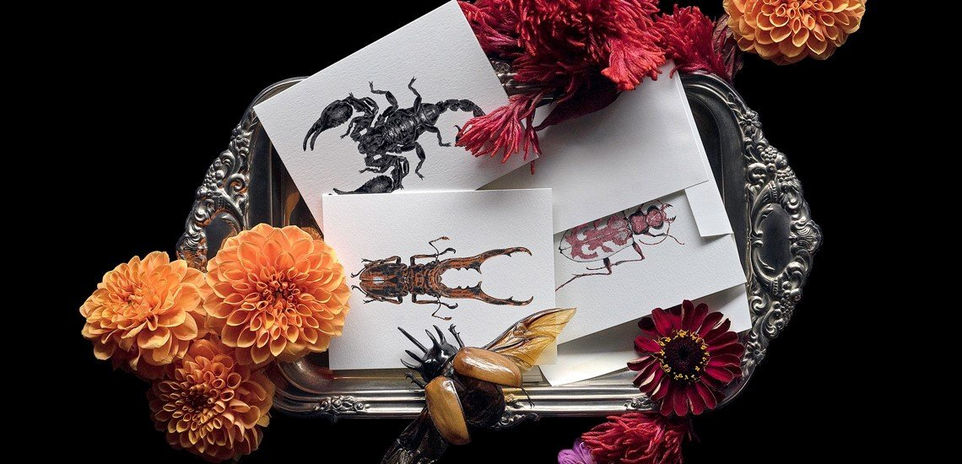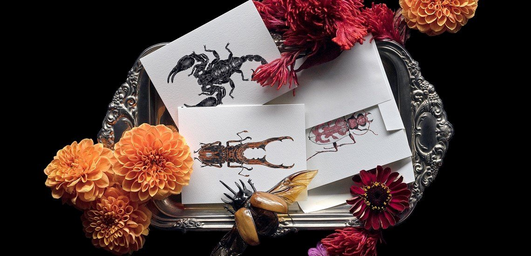You may have heard the term Dia de Los Muertos or Day of the Dead and thought to yourself, I wish I knew more about that. Well, today is your lucky day because to celebrate Dia de Los Muertos, I’ve decided to take the time to write this to teach everyone about this very important celebration, one that has been sacred in Mexico since the Aztecs.
Let’s start at the very beginning, with the Aztecs, to learn about the origins of Dia de Los Muertos. The Aztecs didn’t believe death was the end: they believed that it was the start of a new chapter in one’s life. Unlike the modern tradition, the Aztecs had an entire month dedicated to celebrating life in its embrace of death and festivities presided over the goddess of death, Mictecacihuatl. The Aztecs believed that when one died, their soul traveled to Chicunamictlán, the Land of the Dead, and then after undergoing nine challenges and years of journeys, they finally reached Mictlán, the final resting place. After that, during Dia de Los Muertos, the border between the Land of the Dead and the Land of the Living were dissolved and those who have passed had the opportunity to return to the Land of the Living, to visit family, dance, drink, eat, and celebrate with their loved ones.
The Aztecs celebrated Dia de Los Muertos from July to early August: filling the streets with music, flowers, dancing, fruit, and candy. Then in post-conquest, a Spanish priest deemed that the celebration was very similar to the Christian holiday, “All Hallow’s eve” and therefore Dia de Los Muertos was moved to the first two days of November. As time went on, the celebration began to shift and change, becoming what it is today.
Dia de Los Muertos is NOT the Mexican version of Halloween. There is much overlap such as costumes and parades but they are also incredibly different. Dia de Los Muertos is a time for living people to celebrate the lives of people who have passed with their favorite foods, items, music, drinks, etc. The living decorate the gravesites with these objects as well as creating Ofrendas,: altars in their home filled with photographs and more items to help guide their passed on loved ones home.
A very important part of Dia de Los Muertos is the Marigold flower, or Cempasúchil: the flower of 400 lives. According to legend, the flower was gifted to the Nahua (another term for Aztecs), by Tonatiuh, the sun god, to help them honor their dead. Today, the flower is used to create arches, fill Ofrendas, make garlands and wreaths, and most importantly guide the dead back home. Legend states that the bright color and potent fragrance of the flower attract the souls and lead them to the Ofrenda which was prepared for them. These paths are incredibly important because if they are not done correctly or done at all, the souls of the dead cannot make it home. Lastly, the Marigolds are believed to have cleansing powers; families will put them on the front door of their Ofrendas to “clean” the souls of their sin and guilt when they enter it.
Another important symbol of Dia de Los Muertos is the sugar skull. These extremely colorful and intricate skulls represent the circle of life: showing beauty in death. Unlike the normal gray, cold, and “scary” skulls used in Halloween decorations, sugar skulls are meant to represent that the dead aren’t truly gone and that they continue to be with us and live through the living that keep their memory alive.
Unfortunately, Dia de Los Muertos was almost completely forgotten by Mexican-Americans living in the United States until the 1970s, when Mexican-Americans went through a cultural reawakening. Dia de Los Muertos then spread throughout the United States: its popularity growing in different cultures and races.
Dia de Los Muertos is a beautiful time of love, laughter, celebration, and family. I urge everyone to not only learn more about this holiday but also indulge in it. Watch a movie that demonstrates its beauty like “Coco” or “The Book of Life”, research if your town has any Dia de Los Muertos parades or celebrations, or even put it on your bucket list to one day spend Dia de Los Muertos in Mexico. And if you have lost family members, parents, grandparents, aunts, uncles, even pets, remember that they are not lost but that they are always with you as long as you keep their legacy alive.


